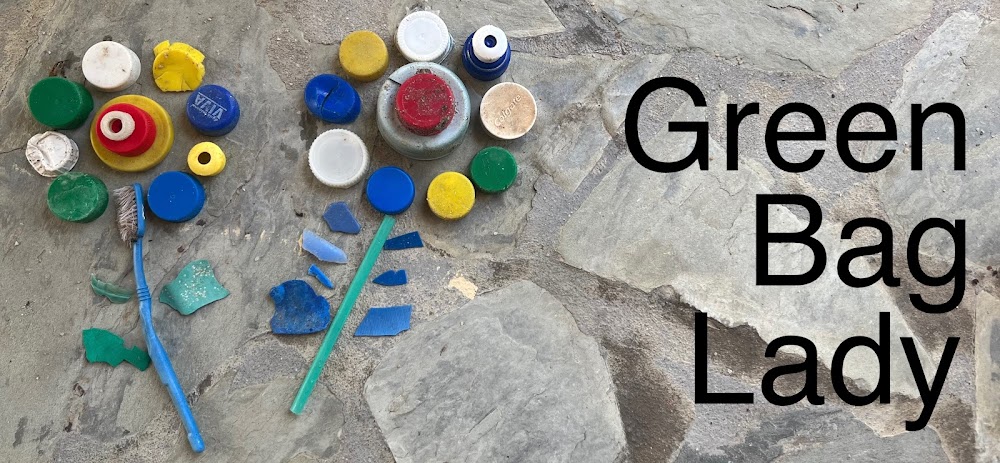Cool interactive maps track Gulf oil impacts
Mon, Jul 12 2010 at 4:20 PM EST
Read more: ENVIRONMENTAL RESEARCH, GULF OIL SPILL
 Image: Gulf Coast Spill Coalition
Image: Gulf Coast Spill CoalitionBP has been hard at work ... keeping information about the Gulf oil spill from going public. A whistleblower has just stepped forward to go on record about the company's deliberate attempts to block the press and prevent critical data from being released.
Fortunately, despite BP's best efforts, a steady stream of data has been trickling in from numerous sources and is now sufficient to paint a picture of what is really going on in the Gulf. Two new interactive maps provide a great way to see how various impacts overlap:
Gulf Coast Spill Coalition (above)
A volunteer effort of Bay Area programmers led by Internet entrepreneur Yobie Bejamin put together a great overlay on Google Maps which combines four data sources — the Oil Reporter, the National Oceanic and Atmospheric Administration (NOAA), Gulf Coast Ocean Observing System (GCOOS), and BoatUS (an independent boat owners' association). It also allows you to compare current NOAA data with the past three days' reports using checkboxes that updates the map:
This is a fantastic map that allows you to segment the data by TYPE of impact — fishing bans, oil slick, dead animals, and (most interesting) beach closures. I circled above two areas that should raise eyebrows. The large red area is the most recent fishing ban zones. Why would sport fishing be allowed directly offshore when just a few miles out fishing is banned for hundreds of miles? The beaches are even open around Pensacola, despite the fact that oil sheen and tarballs have been reported.
Make sure and check out the latest text and e-mail "citizen reports" from people living in and around the Gulf.



No comments:
Post a Comment